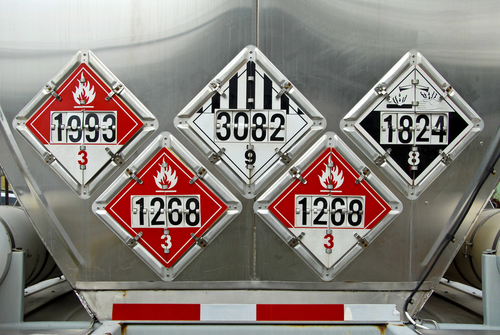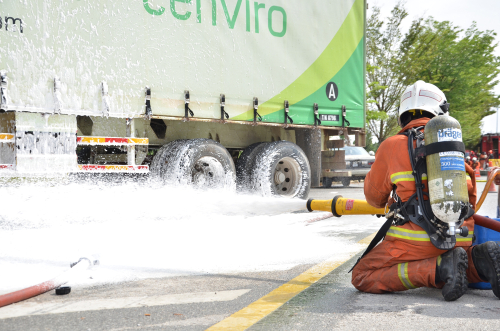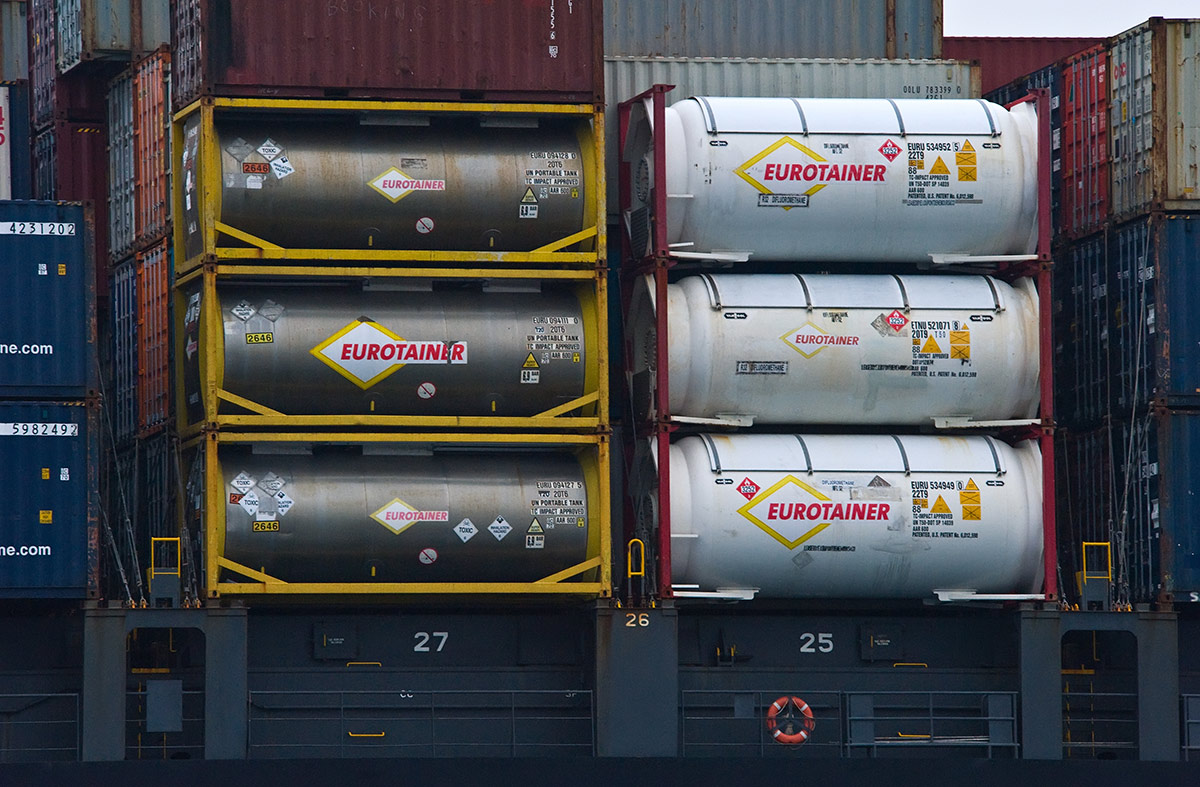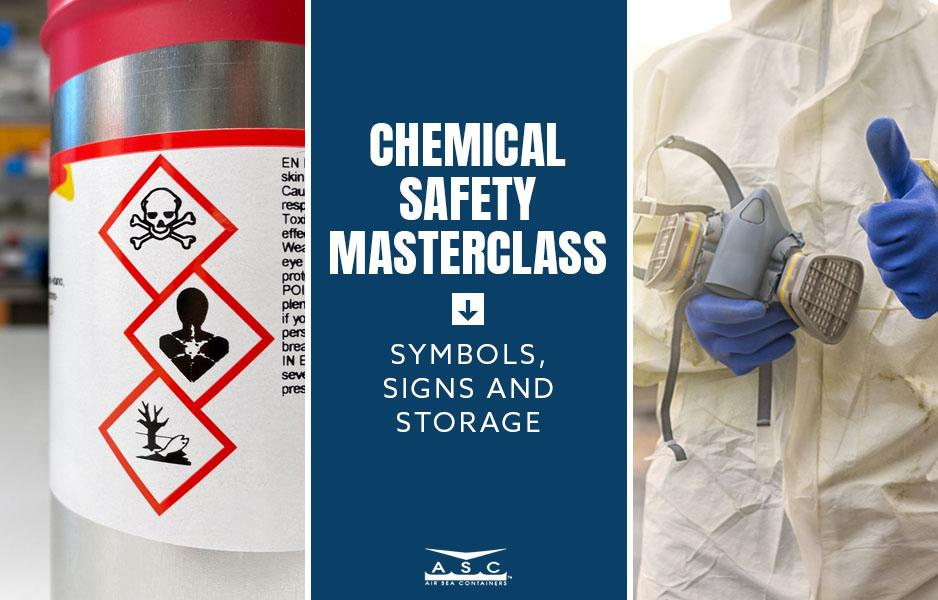While having a plan in place for how to handle spills is vital, it is also necessary to take steps to prevent hazmat spills in the first place. Accidents happen but taking steps to mitigate the risk could help you avoid disaster. Let’s take a closer look at a few ways to avoid hazmat spills.
Come Up with a Proactive Spill Response Plan
Businesses that fail to establish comprehensive, practice spill response plans tend to have the worst hazmat incidents. Without a good plan in place, even minor incidents tend to become much more serious. As a result, coming up with a plan for what to do if a spill occurs is a key component in mitigating your spill risk.
While each hazmat spill is different and it is impossible to foresee the specifics unless an incident occurs, having a spill response team can help prevent injuries, reduce environmental impact and decrease the potential financial risk.
A written hazmat spill response plan should include several things, including internal and external emergency contact information, a list of protective clothing and safety equipment that should be used during cleanup, details on how to use such clothing/equipment appropriately, instructions for evacuation procedures and zones, locations of spill containment pans, first aid information and fire suppressant location information.
Once you develop a plan, your work is not done quite yet. The plan should be reviewed and updated regularly. This is especially true if your company begins working with a new type of hazardous material. Products to prevent and clean up spills are also constantly evolving, and your plan should include those that are most suitable for your business.
Store Hazardous Materials Appropriately
Many hazmat spills occur as the result of improper storage. Make sure all hazardous materials are stored in appropriate containers. Store hazardous materials in covered areas where they are not exposed to rain, snow or other elements. Use secure shelving that is rated to hold the weight of your stored materials.
If you are shipping hazardous materials, use containers that are appropriate for what you are transporting. Secure all containers properly and plan the fastest and most direct route to get the materials to their destination as quickly as possible.
Use Appropriate Labels

OSHA and DOT regulations mandate that businesses that handle, store, carry or transport hazardous materials must clearly label any containers that hold such materials. Proper labeling is the law, but it is also safer for employees and can help prevent spills. When everything is labeled as it should be, everyone has a clear picture of the potential dangers at hand and knows what precautions need to be taken. Proper labeling also makes cleanup a bit easier in the event of a spill.
Educate Your Staff
When working with hazardous materials, everyone needs to know what they are doing. Provide hazmat training for all employees and staff members. Make sure your training encompasses things like planning, proper hazmat storage and labeling and what to do in the event of a spill. An educated team is less likely to make mistakes. Proper education also ensures that your team will know what to do if an accidental spill occurs.
Invest in the Right Gear

Despite your best intentions, spills can still happen. When a hazmat spill occurs, minimizing the damage and protecting your employees should be your primary concern. Invest in things like cleanup equipment and containment barriers and keep them in areas where hazardous materials are commonly stored. If you transport such materials, make sure your drivers have the appropriate supplies in their vehicles as well.
Make sure you always have the right spill solutions on hand for the types of hazardous materials you work with. While no business ever wants to experience a hazmat spill, having the right gear on hand could help mitigate the damage if the unthinkable happens.
In Conclusion
Hazmat spills are dangerous to employees and can have a negative impact on the environment. While not all spills are avoidable, the tips listed above will help you minimize your risk of experiencing one of these all-too-common disasters.










